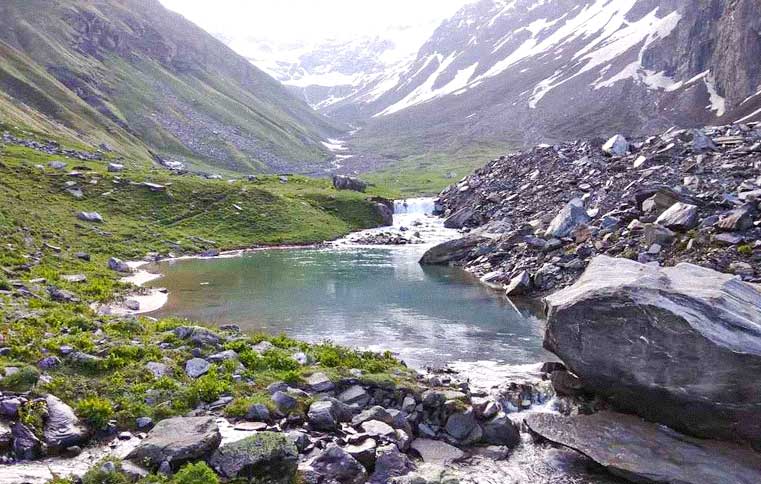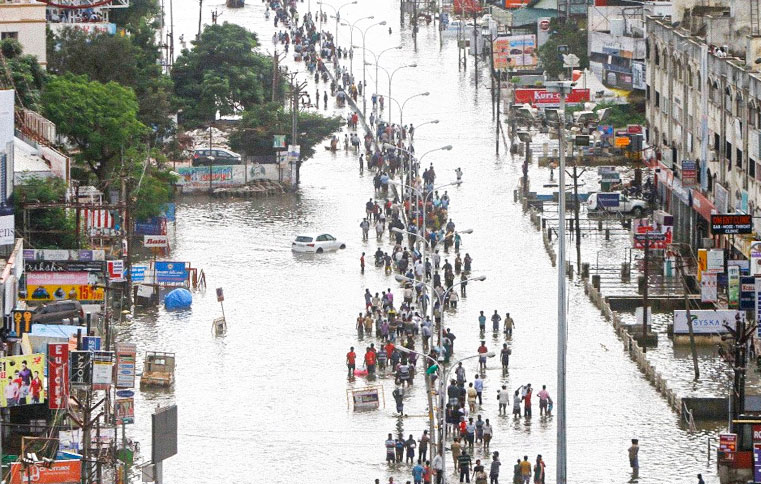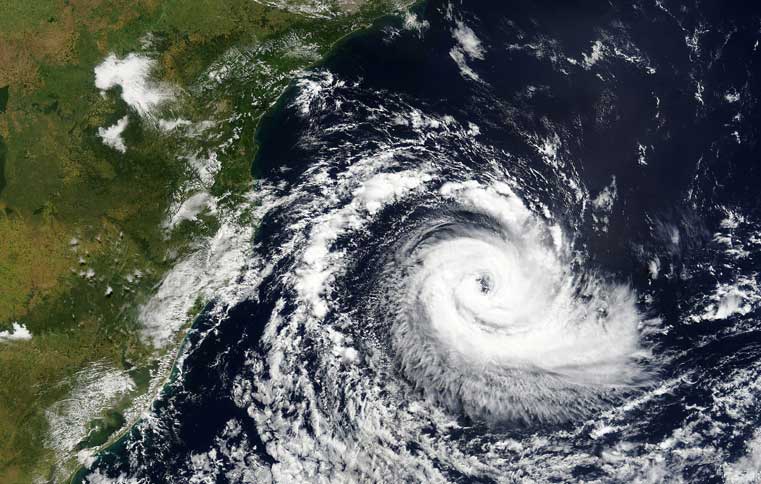Saving springs: The lifeline of the mountains
By: Ishwari Latey | Date: 20th July 2020
 Image Source: Tripoto
Image Source: Tripoto
Imagine living without a supply of running water? You come home from work or daily chores, you are utterly exhausted and in need of a hot running bath. Imagine the shock of the sudden realization hitting you, that there is no water coming from the tap and you have to fetch it from a faraway distance.
This seemingly nightmarish condition is a reality of many Indian villages, where having a running tap water for bath is a luxury.
The problem adds on for villages which are situated in hilly areas and are dependent on perennial spring water for their livelihood.
The springs are extremely delicate, and one small change in land use, forest cover and human activities can harm them in an impacting way.
Spring recharges vary from region to region. The springs in Himalayas are snow-fed i.e. the water is available only in summer season when the ice melts.
In western Ghats, because of the non-porous basalt plateau, the rainwater seldom gets deposited in the aquifer. Add in the rampant cash crops production and groundwater extraction, the water woes get worse.
Numbers for your thought?
Known as the Earth’s water tower, almost all mountain regions of India have reported decline in the number of functional springs.
Over 200 million people are dependent on springs, of which 53 million are in the 12 states of the Indian Himalayan Region (IHR), and the western Ghats watershed comprise of 9 states with dependence of 400 million people.
Nearly 50% of IHR streams are drying up according to the NITI Aayog report (August 2018), affecting thousands of people dependent on stream water for livelihood, giving rise to many intricate problems such as groundwater depletion, rise in gender bias and wildlife water woes.
Hence naturally springs, responsible for water flows and river recharge, are a priority for water conservation.
What are we doing about this?
The Titanic had its people removed to save their lives, this ship needs people to save their lives. Water centric community management and green jobs is the key.
Micro-level assessments i.e. conducting hydro-geological assessments to identify spring types and determine their connectivity with surface water and shallow or deep level aquifers, protection of the upstream catchment area of spring to control pollution and effective monitoring of spring discharge and water quality are some of the essential steps for the spring restoration and rejuvenation.
One of the notable example of spring restoration is in north Sikkim, where they have tackled the threat on their lifeline using Dhara Vikas.
One more notable example of Spring shed Restoration in western Ghats, is the “Spring Box” restoration in Satara district by NGO Grampari, hydro geologically designed and has a resource - aquifers based governance through community participation.
Till date around 55-60 spring boxes has been made in and around Pachpatiwadi, making the community water resilient.
Challenges and Solution as Green Jobs
In the mentioned example of GramPari, the organization has swiftly carried out necessary measures in the design of spring box itself that it only needs maintenance in 5-6 years.
The only job there is to clean the filter placed behind water source and occasional cleaning of the crabs and other biodiversity which sits around the main water source for their relief.
The project has paved way to mitigate the lifeline problem, so now the village is prospering by focusing on other pressing issues such as mitigating disputes, forest conservation, women empowerment and local youth participation.
by creating self-reliance through community participation, water has actually brought the villages together. The enablers of Community Participation, GramPari is a fantastic example of green jobs.
The challenges in front of effective spring restoration is the lack of active participation of community, convergence of state and central funds, absence of dedicated water resource panel at Panchayati level, scientific knowledge limited to experts, and inadequate emphasis on data collection.
Green Jobs are not only related to the environmental fields but are also the enablers which makes the establishment of green interventions possible.
A sociologist ensuring decentralized control and feeling of ownership in the community; A para-hydrologist simplifying the scientific knowledge for community and capacity development; A Watershed Developer; Hydro-geologists; GIS Experts; Data Scientists; Local Operation and Maintenance Experts; Engineers... many such jobs are enablers for the green transformation and making an impact on the society, one step forward for water rich future.











